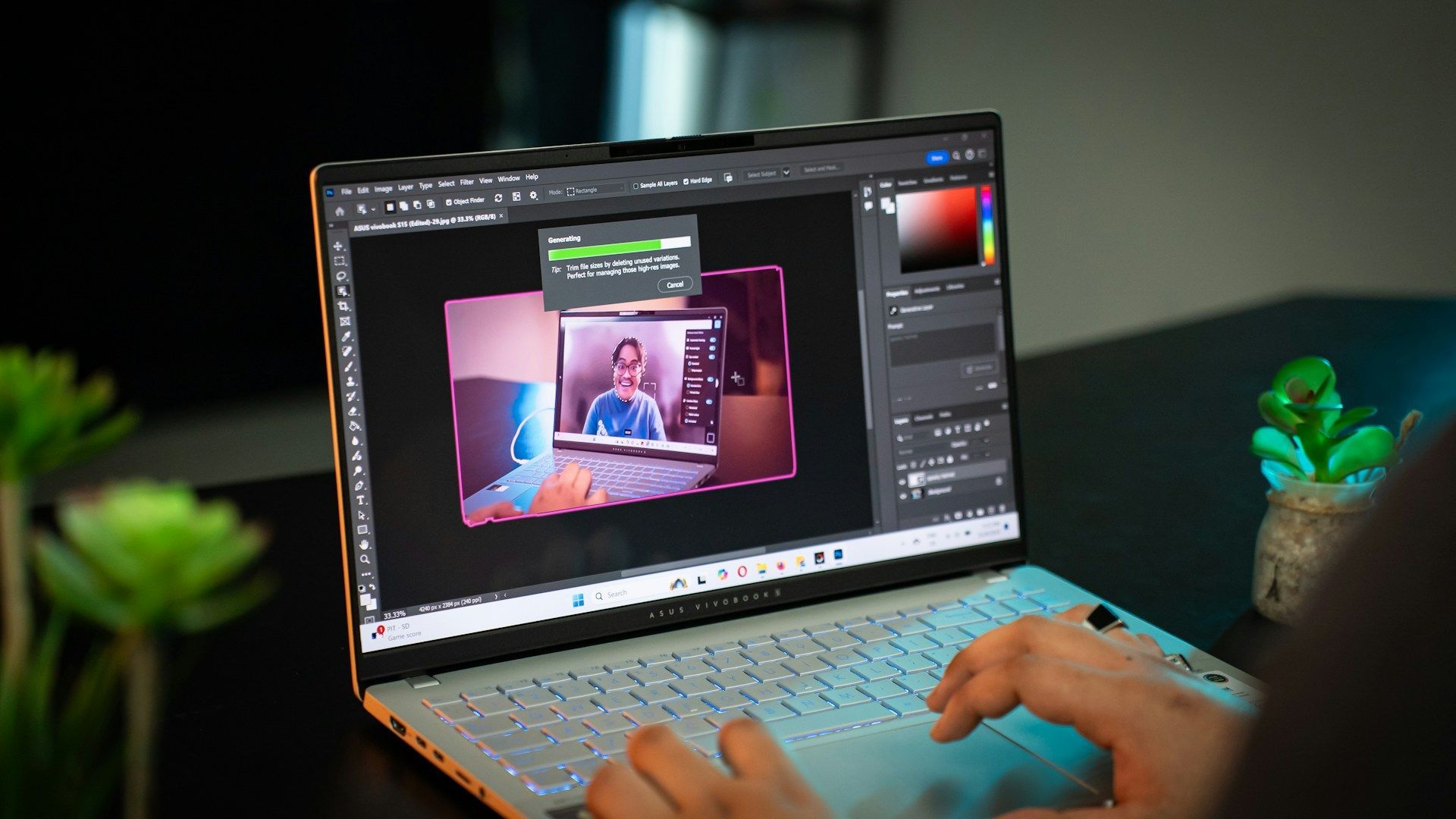Ways To Make Your Website More User-Friendly
Your website should feel like a well-organized space that’s easy to move around. When someone lands on it, they shouldn’t have to guess where to go or how things work. If your visitor has to search too long for what they need, they’ll likely give up and leave. A smooth, user-friendly experience makes people feel comfortable and more likely to stick around or even return.
A website that’s easy to use can support everything you want it to accomplish. Whether your goal is to sell a service, share useful info, or connect with more people, clear design and structure help you get there faster. When things make sense to users, they’re more likely to take action. Here are practical ways to make your website more user-friendly.
Simplify Navigation
Think of your website like a grocery store. If the signs are confusing or the items are in random places, your customer walks out with an empty cart. Good navigation works the same way. It helps people find what they’re looking for quickly and without frustration.
Here are ways you can clean up your website’s navigation:
1. Use clear labels for menu items. Avoid buzzwords or industry terms most people won’t understand.
2. Group similar pages together. For example, keep blog posts under one category and service pages under another.
3. Put the most important pages in your main navigation. Pages like Home, Contact, About Us, and your most valuable services should be easy to find.
4. Add a search bar if your website has a lot of content. This helps users skip straight to what they want.
5. Stick to simple menu layouts. Horizontal menus at the top or vertical ones on the side work well. Drop-downs are fine, just don’t make them too deep or confusing.
A clean and easy navigation system builds trust. When users feel confident about where to go next, they are more willing to complete a task, make a purchase, or get in touch.
Improve Page Load Speed
People expect websites to load quickly. If your site is slow, you risk losing them before they even see what you offer. Load speed affects how people feel about your site. It also affects your ranking on search engines.
Here are a few ways to speed things up:
1. Optimize your images by compressing them and using proper dimensions. Oversized images can slow everything down.
2. Reduce the number of active plugins, especially if they’re not absolutely needed.
3. Turn on browser caching. This allows repeat visitors to load your site faster since some parts are saved in their browser.
4. Minimize redirects. Each one adds time to the loading process.
5. Choose a dependable web hosting provider. A weak host can limit your speed no matter how optimized your site is.
Quicker load times keep people around longer. They’re more likely to explore your pages and interact with what you’re offering.
Use Clear and Consistent Design
A well-designed site feels smooth and effortless. Visitors find what they need when everything looks and functions in a consistent way. A site that jumps between styles or changes layouts unexpectedly can frustrate users.
Here’s how to deliver that smooth experience:
1. Stick to a limited set of easy-to-read fonts. Use them consistently across all pages.
2. Choose a color palette that fits your brand and repeat it throughout the design.
3. Use plenty of white space. It gives people’s eyes a break and helps content stand out.
4. Keep elements like buttons, icons, and links uniform in look and placement.
Consistency creates rhythm. It becomes easier for users to learn how your website behaves, which helps them move through it more smoothly.
Ensure Mobile-Friendliness
Look around and you’ll quickly notice how many people use phones for browsing. If your website doesn’t work well on mobile devices, you’re pushing away a lot of potential visitors.
Here are some ways to improve mobile performance:
1. Test how your website looks and functions on different screen sizes and devices.
2. Make sure buttons are easy to tap. People get frustrated if they tap the wrong thing by mistake.
3. Keep the layout simple. Mobile users often want quick answers, not long paragraphs.
4. Optimize load time even more for mobile. These users may be on slower networks.
Today, responsive design is an expectation. Offering a seamless phone and tablet experience can strengthen your connection with every user, no matter how they access your site.
Make Content Accessible
Part of creating a welcoming website is making sure all people, no matter their abilities, can use it. Accessibility helps more visitors engage with your content and it shows that you care about usability for everyone.
Here are a few ways to increase accessibility:
1. Add alt text to all images so screen readers can describe them to people with vision impairments.
2. Provide written transcripts or captions for audio and video content to help users who are hard of hearing.
3. Use color combinations with strong contrast. This makes it easier for everyone to read your text, especially those with vision challenges.
4. Write clearly with short sentences. Avoid jargon and complex structures that might confuse some readers.
Creating a space that’s inclusive shows your users that you thought about their needs. It’s a great way to build loyalty and expand your reach.
Creating a Welcoming User Experience
Making your website more user-friendly pays off in a big way. When people enjoy using your site, they stay longer, click more, and trust you faster. From easier navigation to thoughtful design and faster speeds, every change you make helps shape a better experience.
Thinking carefully about mobile use and accessibility ensures that no visitor feels left out. These efforts show that you care about how people interact with your brand. In the end, the right web design and development choices create a website that works hard for you while staying comfortable and easy for your users.
To enhance your site's performance and user experience, explore how our approach to web design and development can help. At Oddball Creative, we deliver custom solutions that make your website faster, easier to navigate, and more enjoyable to use—so visitors stick around and keep coming back.



